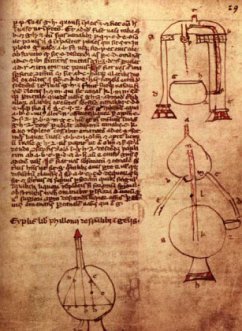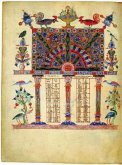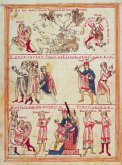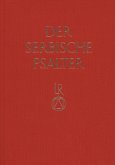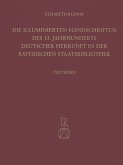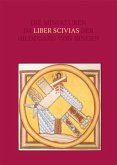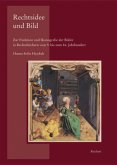Philo, from the Greek colony of Byzantium, was active in Alexandria and Rhodos about 200 B.C. He is famous as one of the earliest teachers of military engineering, and is known to have written technical and scientific works, including one on fluid mechanics.
Beginning in 1870, Latin and Arabic versions of his Pneumatica were rediscovered, after a period of oblivion that had lasted a few centuries. The work is a thoroughly illustrated treatise on physical demonstrations, but when it was published, about 1900, the authentic manuscript drawings were omitted and other elements, including the archeological records, were disregarded. A rich interplay of historic traditions was reduced to oversimplified formulations.
In the new edition, the western and eastern traditions of the Pneumatica are juxtaposed for the first time. The work is reproduced as a facsimile from Clm 534, a Latin codex of the XIVth century, with the authentic illustrations. There follows a transcript of this facsimile, collated with a score of earlier and later copies. Also included are newly discovered Greek, Latin-Gothic, and Italian forms of Philo's work, and a full English translation, which presents the Arabic version (aya-Sofya ms. 3713) with its stylistically remarkable drawings and with separate notes in Latin text supplements and variants.
In this annotations, the editor evaluates the physical demonstration of this work, as a contribution to the growth of the experimental method. He also discusses the probable periods when individual parts and versions of the "Pneumatica" were developed, after Philo's writing of the original work, and the various times during which the work exercised technical or scientific influence.
Hinweis: Dieser Artikel kann nur an eine deutsche Lieferadresse ausgeliefert werden.
Beginning in 1870, Latin and Arabic versions of his Pneumatica were rediscovered, after a period of oblivion that had lasted a few centuries. The work is a thoroughly illustrated treatise on physical demonstrations, but when it was published, about 1900, the authentic manuscript drawings were omitted and other elements, including the archeological records, were disregarded. A rich interplay of historic traditions was reduced to oversimplified formulations.
In the new edition, the western and eastern traditions of the Pneumatica are juxtaposed for the first time. The work is reproduced as a facsimile from Clm 534, a Latin codex of the XIVth century, with the authentic illustrations. There follows a transcript of this facsimile, collated with a score of earlier and later copies. Also included are newly discovered Greek, Latin-Gothic, and Italian forms of Philo's work, and a full English translation, which presents the Arabic version (aya-Sofya ms. 3713) with its stylistically remarkable drawings and with separate notes in Latin text supplements and variants.
In this annotations, the editor evaluates the physical demonstration of this work, as a contribution to the growth of the experimental method. He also discusses the probable periods when individual parts and versions of the "Pneumatica" were developed, after Philo's writing of the original work, and the various times during which the work exercised technical or scientific influence.
Hinweis: Dieser Artikel kann nur an eine deutsche Lieferadresse ausgeliefert werden.

